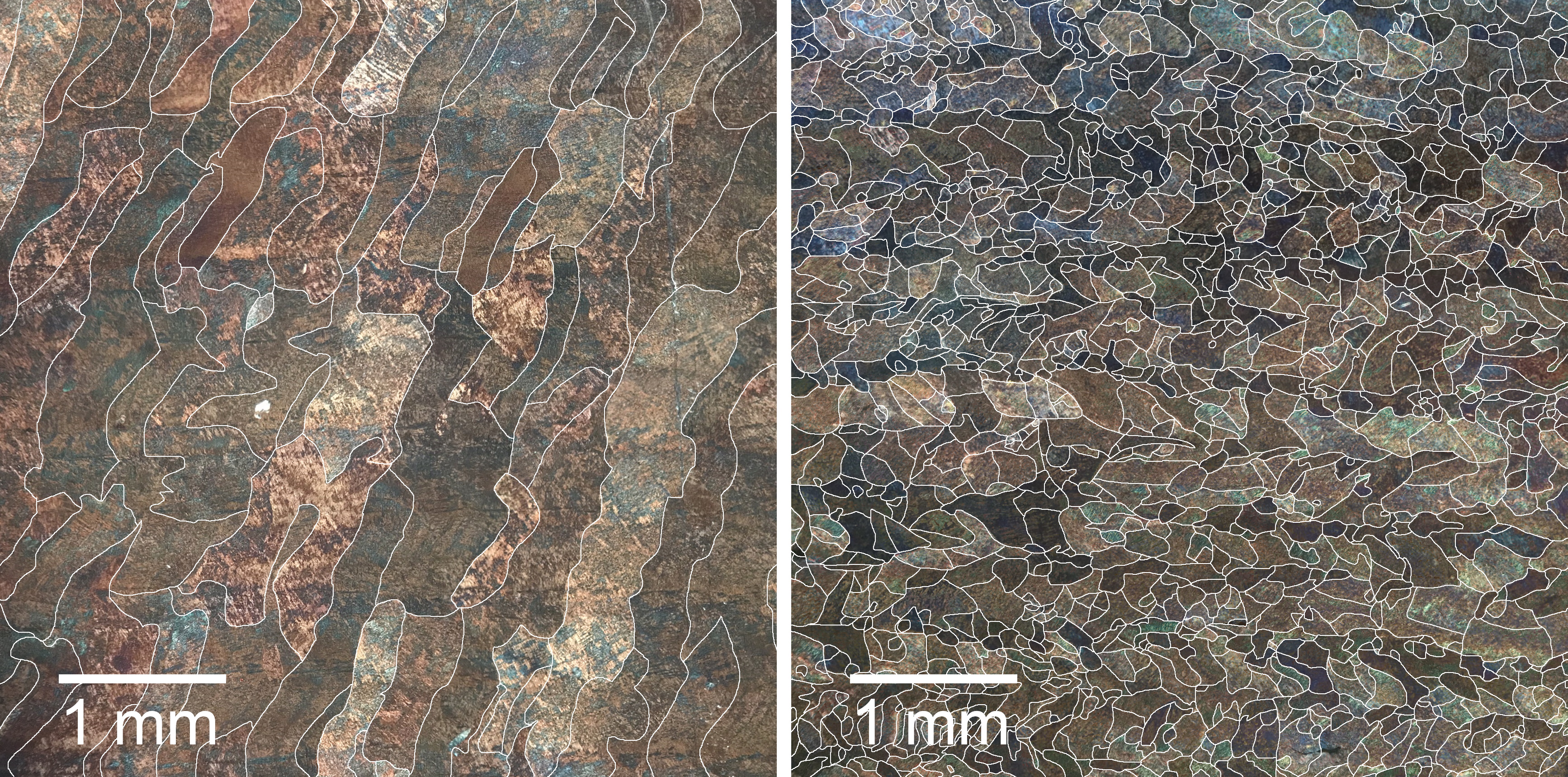Researchers from RMIT University and the University of Queensland in Australia have demonstrated how high-frequency sound waves can have a major impact on the inner micro-structure of 3D printed alloys. In using sound vibrations to shake metal alloy grains into a tighter formation while being printed in 3D, they achieved more consistent and stronger alloys than in standard 3D printing, a breakthrough that could lead to tailored ultrasound devices for metal 3D printing.
The study, published in Nature Communications [Todaro et al. Nat. Commun. (2019) DOI: 10.1038/s41467-019-13874-z], examined the best way to control grain structures within 3D printed metals, known as additive manufacturing, for high-strength structural parts. The ultrasound approach was tested on two alloys – a titanium alloy used in aircraft manufacture and biomechanical implants, and a nickel-based superalloy used in marine and petroleum industries. It is hoped such ultrasound add-ons to metal 3D printing could be scaled up to enable printing of most industrially relevant metal alloys for higher performance structural parts or structurally graded alloys.
The microscopic structure of 3D printed alloys usually comprises large and elongated crystals that can be unsuitable for engineering applications because of reduced mechanical performance and a tendency to crack during printing. Here the microscopic structure of the alloys looked markedly different, with the alloy crystals being very fine and fully equiaxed, and forming equally in all directions throughout the printed metal part. These parts demonstrated a 12% improvement in tensile strength and yield stress compared to those produced conventionally.
By switching the ultrasound generator on and off during the printing process, specific parts of a 3D printed object could also be fabricated with a range of other microscopic structures and compositions, helping with functional grading. A problem in metal 3D printing can occur when the grain structures line up along the build path in columnar grains due to fast temperature changes during printing, while the grains tend to grow from the last deposited layer. This issue was resolved by applying ultrasound, which produced small and uniform-sized grains throughout the part. As study co-author Ma Qian told Materials Today, “This work represents a novel avenue to enable formation of fine and uniform-sized grains during the 3D printing of metals”.
The method does not rely on modifying alloy chemistry or introducing new foreign particles or inclusions into the printed metals, and could allow for 3D printing of commercial alloys, including aluminum alloys, stainless steels and cobalt alloys, for high-value applications. The team hope to commercialise the process and to involve a wider ultrasound build plate for 3D printing of larger components.




